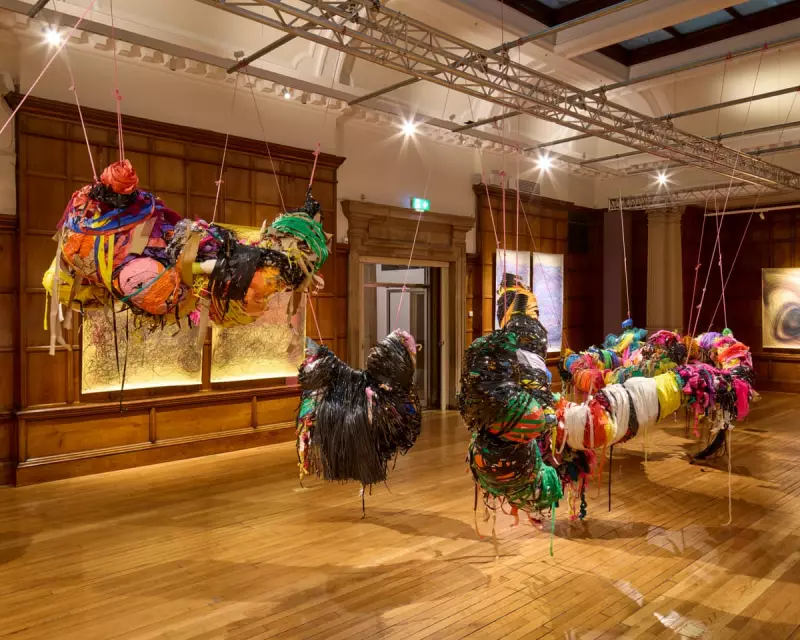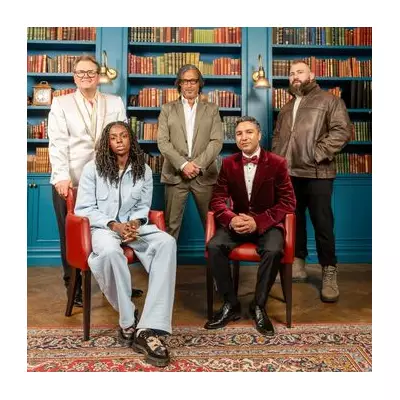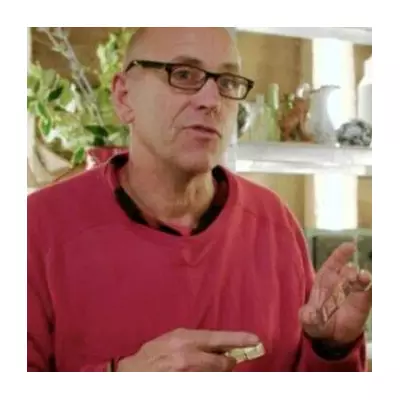
The 2025 Turner Prize exhibition has arrived in Bradford's Cartwright Hall, marking a significant departure from the award's established format. This year's shortlist presentation, curated as part of Bradford's City of Culture celebrations, challenges conventional expectations of what a Turner Prize show should be.
A Radical Shift in Approach
Unlike previous iterations that focused heavily on individual artistic statements, this year's exhibition embraces a more communal and accessible ethos. The four shortlisted artists – Abbas Zahedi, Jasleen Kaur, Gabriel Kidd, and Lindsey Mendick – present works that engage directly with Bradford's community and broader social issues.
The Guardian's review notes that the exhibition feels less like a competitive showcase and more like a cohesive group show, where themes of community, memory, and social justice intertwine throughout the gallery spaces.
Highlights from the Shortlisted Artists
Abbas Zahedi presents an immersive installation blending sound, architecture, and personal narrative, exploring themes of migration and belonging. His work creates a contemplative space that resonates deeply with Bradford's diverse communities.
Jasleen Kaur's contribution examines intergenerational memory and cultural heritage through sculpture and found objects. Her delicate arrangements prompt reflection on how personal histories shape collective identity.
Gabriel Kidd offers a more politically charged installation that critiques urban development and social inequality. His work incorporates architectural elements and documentary materials that challenge viewers to consider who benefits from urban regeneration.
Lindsey Mendick's ceramic and multimedia works explore domesticity and psychological tension with dark humour. Her installations transform everyday objects into unsettling narratives that blur the line between comfort and unease.
Bradford's Transformative Backdrop
The choice of Cartwright Hall as the venue proves particularly significant. As a traditional municipal gallery in a Victorian building, it provides a striking contrast to the contemporary works on display. The review suggests this juxtaposition enhances the exhibition's impact, creating a dialogue between historical context and contemporary concerns.
Bradford's status as City of Culture 2025 provides the perfect backdrop for this reimagined Turner Prize. The exhibition feels integrated into the city's cultural awakening rather than simply visiting it.
Critical Reception and Public Response
Early responses suggest the exhibition has sparked vigorous debate about the role of prestigious art prizes in today's cultural landscape. Some critics praise the shift toward community engagement and accessibility, while others question whether the competitive edge of the prize has been diluted.
Public engagement appears strong, with local visitors responding positively to works that reflect their experiences and concerns. The exhibition's educational programs and community events have been particularly well-received.
Looking Forward
This year's Turner Prize exhibition represents a bold experiment in how major art awards can engage with host cities and communities. Whether this approach will influence future iterations remains to be seen, but it undoubtedly marks a significant moment in the prize's history.
The winner will be announced in December 2025, but the true impact of this reimagined exhibition may be felt long after the ceremony concludes.





